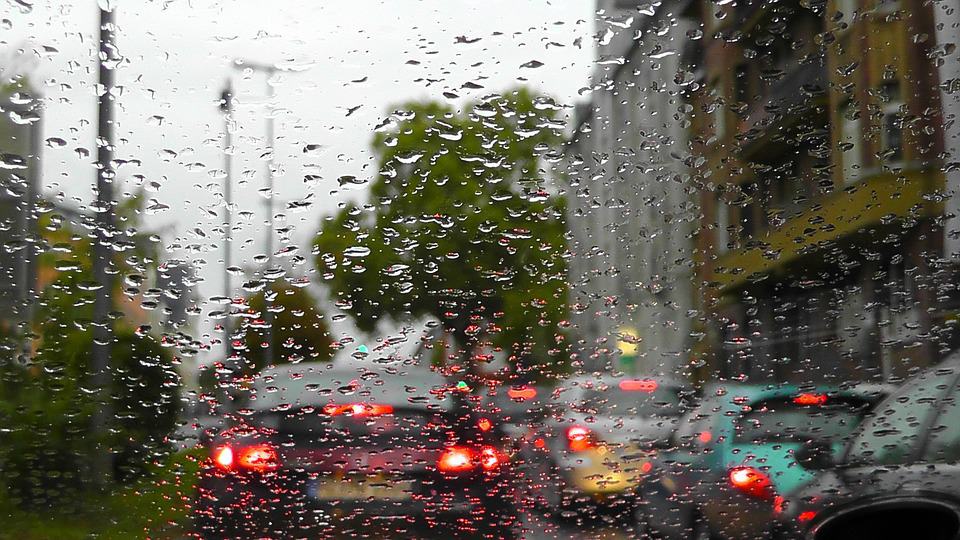
Traffic jams don’t just mean lost time, they also mean high fuel surcharges. Learn how to survive delays on the road and take care of your wallet.
No driver likes traffic jams – that much is obvious. Aside from the sheer inconvenience, it’s also an additional cost of travel. We do not pay it only in time, but also in increased fuel consumption and wear and tear of elements such as the clutch. Therefore, it is worth knowing how to best navigate the route during roadworks, accidents or other inconveniences.
When cars stand close to each other and start irregularly, it’s really easy to have an accident. So before we take care of reducing operating costs and fuel consumption, let’s eliminate the need for a body shop, painter or mechanic.
Keeping our distance is fundamental, but it does not relieve us of the obligation to observe the space around us and create a suitable place for our vehicle. Often we may encounter a situation in which another driver comes to the conclusion that our lane is moving faster, and then tries to quickly take the place in front of us. This is a risky maneuver – we should be mindful of the actions of those around us to react quickly enough. Even though the speed is relatively slow, sudden spurts of traffic when moving off can cause a variety of dangerous situations.
It’s also a good idea to keep an eye on road signs and find out what the media – radio or internet – are reporting about the incident. If you can avoid a traffic jam by using an alternative route, it is usually worth doing so. Even if the route is longer, it is safer and more pleasant to drive.
What techniques are used in the context of economical driving? These include:
One problem is immediately apparent here – we are not able to use these methods in a traffic jam. The matter gets much more complicated when we have to cope with constant starting, braking and standing still. Fortunately, there are several proven ways to drive economically even in such conditions. At their core, they involve staying attentive and developing some beneficial habits.
In a traffic jam, we should look for a position that allows us to take the shortest breaks possible. We don’t have to move fast – it’s important not to switch off the engine all the time and not to operate the clutch too much. The ideal situation is a traffic jam, where we’re moving at a constant speed of 10 km/h, but we don’t have to brake, stop or worry about driving safety due to aggressive behaviour of other drivers.
Slow braking is the key to taking care of one of the most important systems in your vehicle. It’s a good idea to use engine braking for this – it’s the most beneficial way to move through traffic. If you use diesel, you can drive in first gear. We are talking about short distances, of course, where such driving will definitely help us reduce fuel consumption.
Already today in many cars you will find the so-called start-stop systems, which allow for a smooth transition from a stopped engine when standing still to traffic when we intend to move. This reduces the need to use the clutch to a minimum. At the same time, other innovative systems are being developed to support driving in traffic jams. One of the most useful additions is modern GPS software that allows to quickly find jammed places on the road and automatically adjust the route. Even if you remember all the important rules, the traffic jam is definitely not conducive to economical driving – so it is worth knowing when you can avoid traffic incidents.
(photo: pixabay.com)